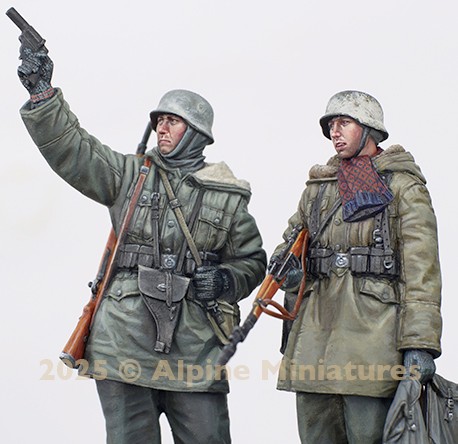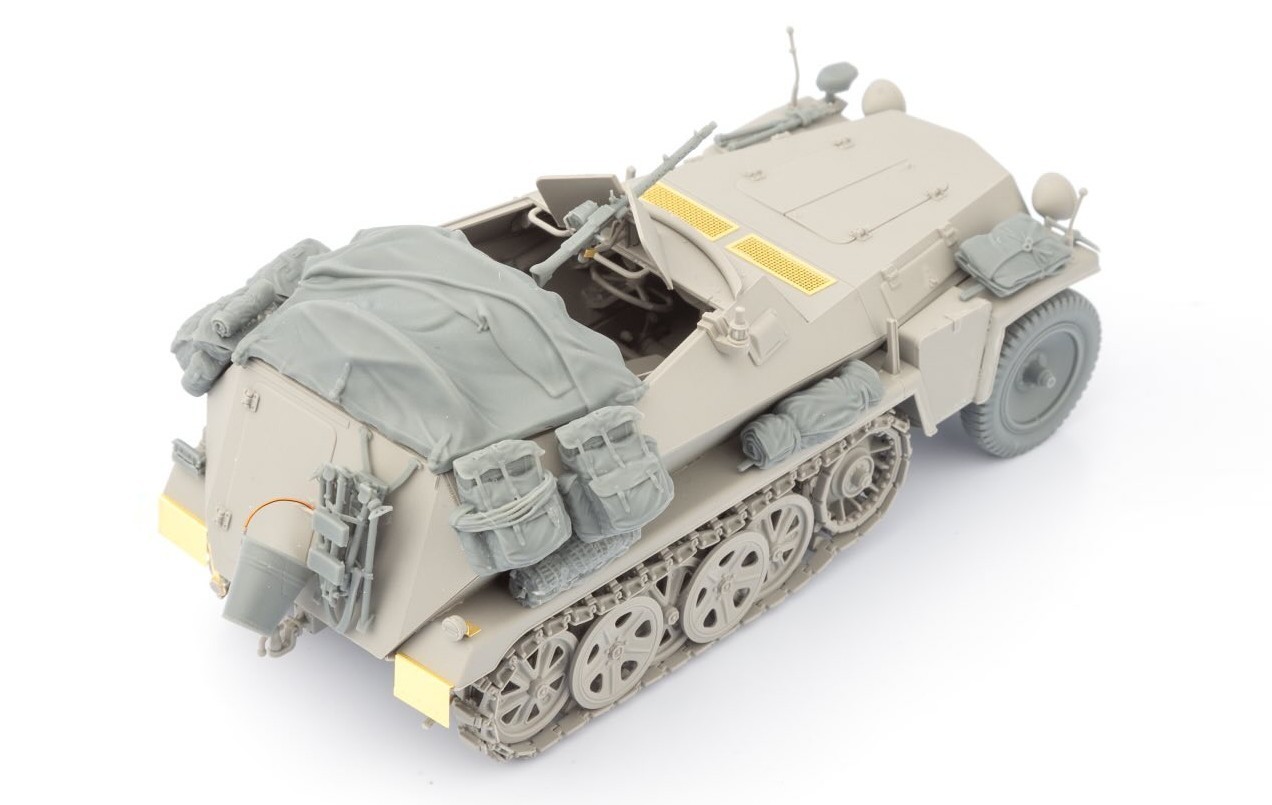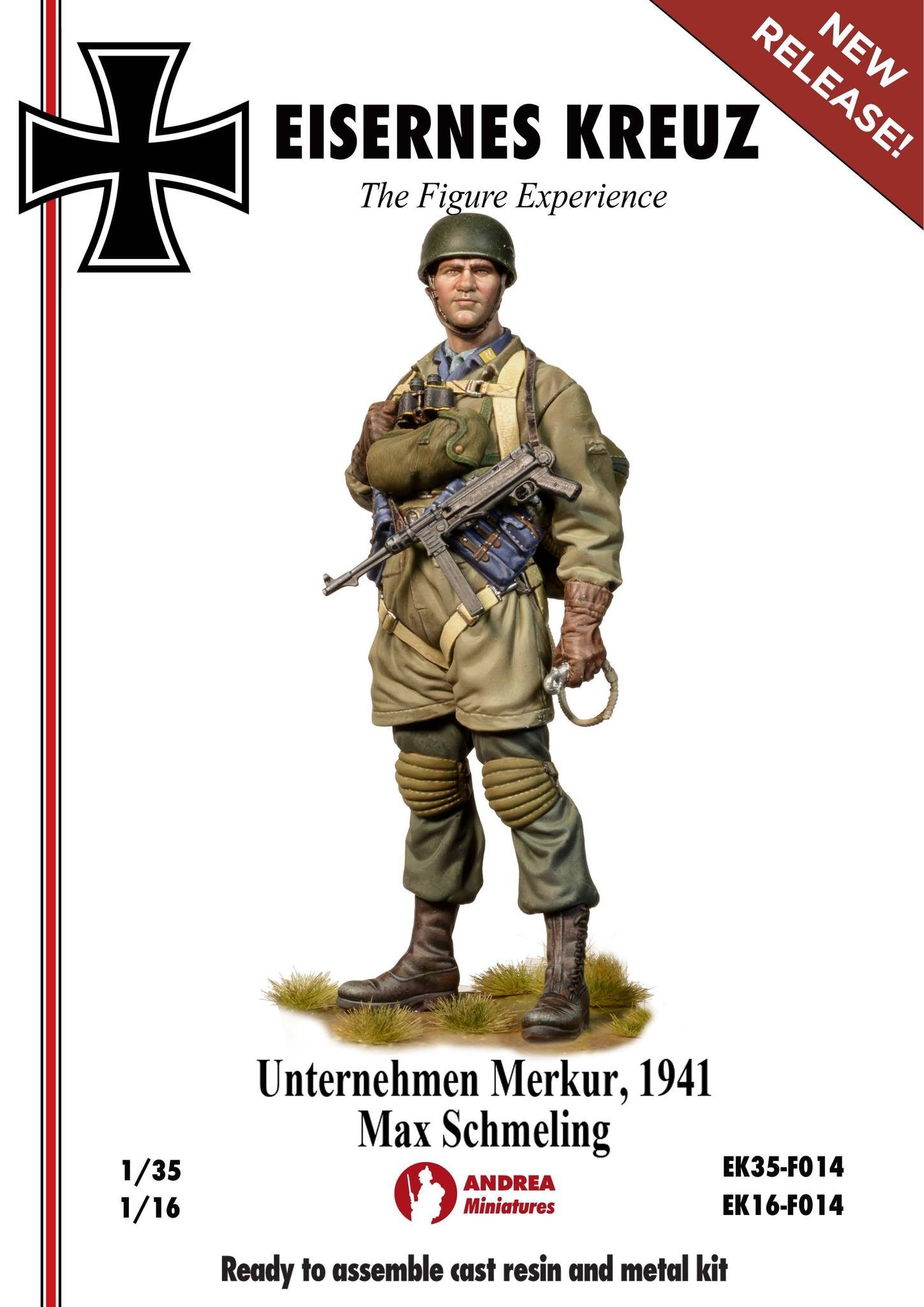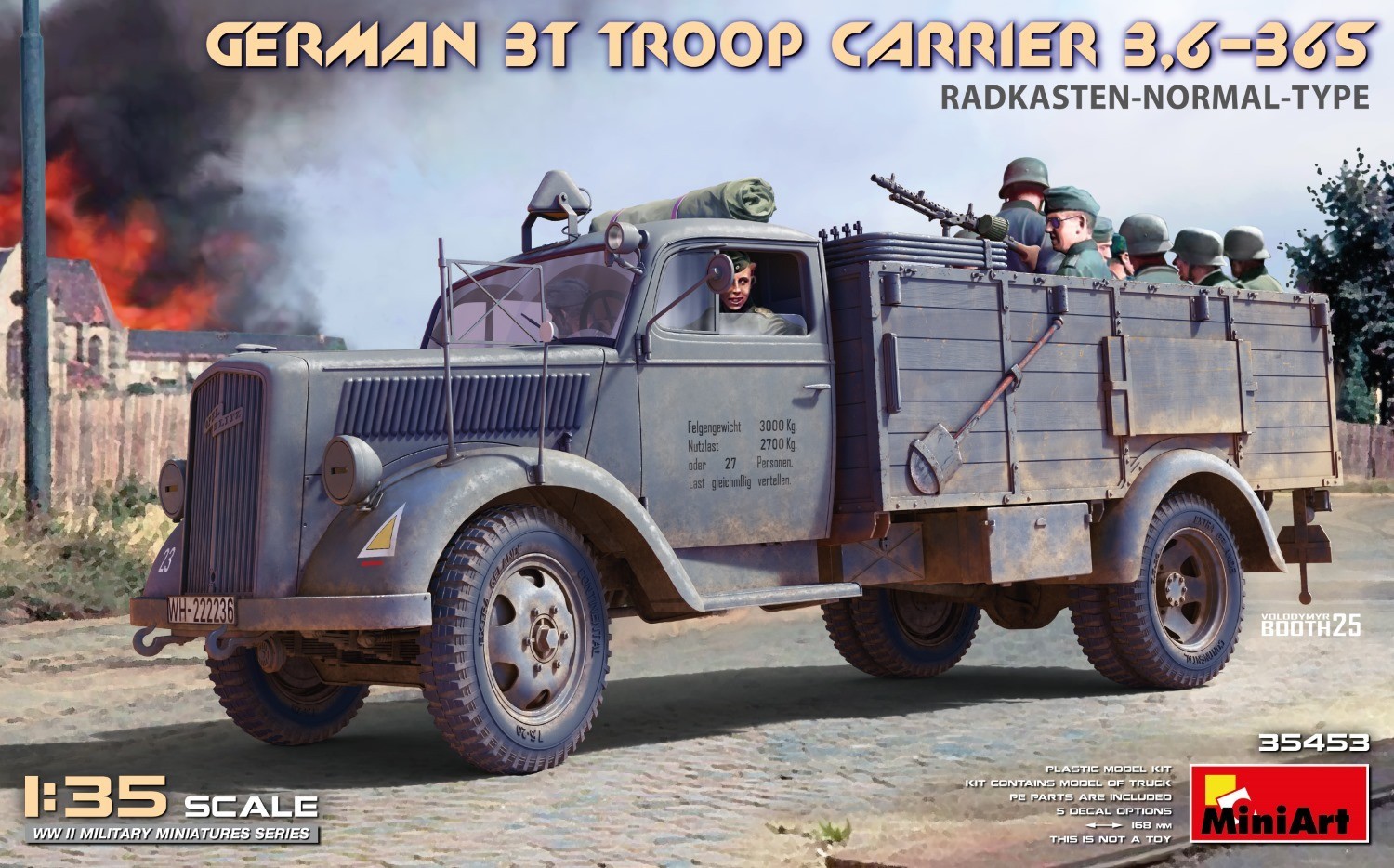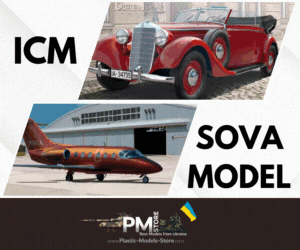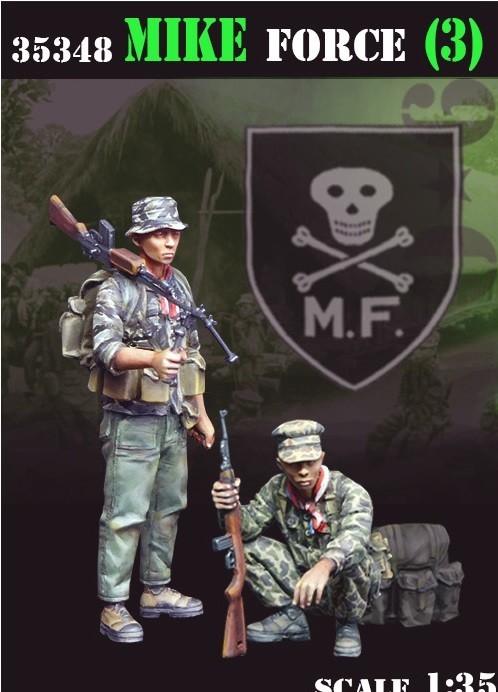
Introduction
The following introduction is taken from the Pen and Sword website:
For the Central Powers, 1916 was a year of trial and error, of successes and failures, of innovation and of drastic changes. Tactics developed, while war aims mutated to suit the inertia of trench warfare. Advances were effectively countered with the development of new weaponry, or indeed aided by their inclusion.
Across all fronts, whether at home or in Poland, citizens and soldiers alike stood fast against Entente forces. On the Western Front, bitter fighting continued apace. To the east the armies of Austro-Hungary, Germany and Bulgaria battled Entente forces. Meanwhile at sea, the German High Seas Fleet ambushed the Royal Navy off the coast of Denmark. On the Home Front, the poor harvest of 1916, coupled with a lack of transport, led to a winter of stark deprivation. As a consequence, the German government introduced what was effectively a system of rationing entitled, ‘sharing scarcity.’ While to the south, Ottoman forces fought Allied soldiers for control of Kut and Erzurum, a fortified trading port in eastern Turkey.
Germany in the Great War: Verdun, Somme is the third publication in a five-part series. In addition to the Author’s introduction and a chronology of events, five hundred contemporary photographs, many of which have never before been published in this country, are included.
Review
This publication from Pen and Sword is part of a small series of books called “Germany in the Great War”. This offering titled Verdun and Somme credits Joshua Bilton as the author. This book provides 234 pages of pure photographic contents. However there is some text within the book, it is split into chapters which are as follows:
West Front
Ost Front
Gebirgskrieg
Turkei
Die Fliegertruppe
Kiserliche Marine
Heim Front
This offering provides short introductions of each chapter, and then proceeds to provide photographic content covering the specific sections. You need to appreciate the photography was still a fairly new concept, but the First World War was more highly photographed than I had believed. The photographs in this title are all black and white period offerings, with very minimal captions accompanying them, and they show images of aspects I never knew occurred. For example - Did you know that German Marine machine gun detachments pulled their guns and ammunition wagons to the front using dogs and not horses or man power?
The areas where this book excels, is in showing troops performing day to day duties with fighting being the rarity rather than the common. It shows you what artillery fire does to trees, and so will enable you to accurately replicate this in scale. The trenches and the rear are shown, and will allow you to create accurate representations of everything from dug outs, to tent towns, to the destruction wrought on structures, such as bridges. I was also pleased to see the war in the air as well as the war at sea covered within the title.
Conclusion
For those modellers with an interest in WWI, this offering from Pen and Sword will enable you to create accurate representations of many different aspects of the German military in WWI. My disappointment is limited to the captions that accompany the photographs as I feel they could be far more informative. But for pure visual records the photographs are stunning.

















